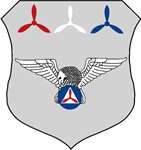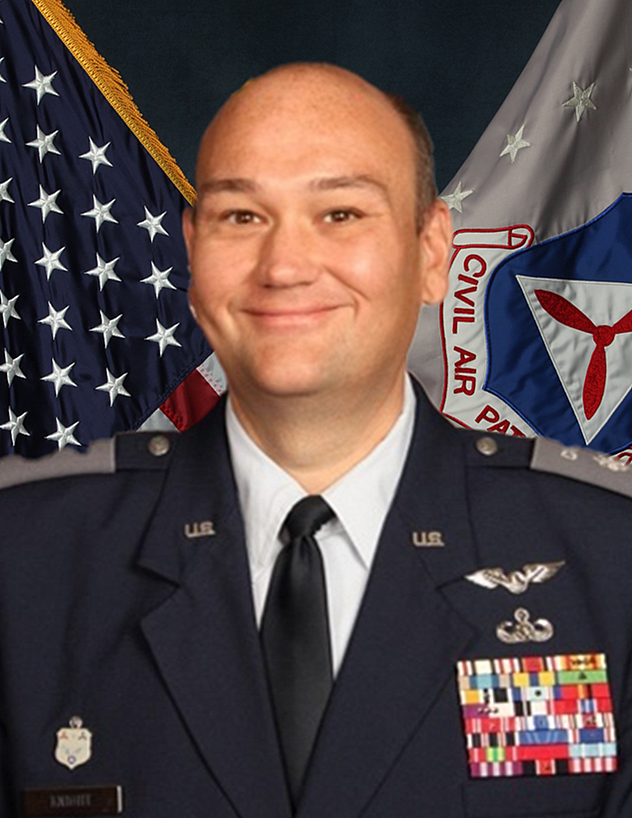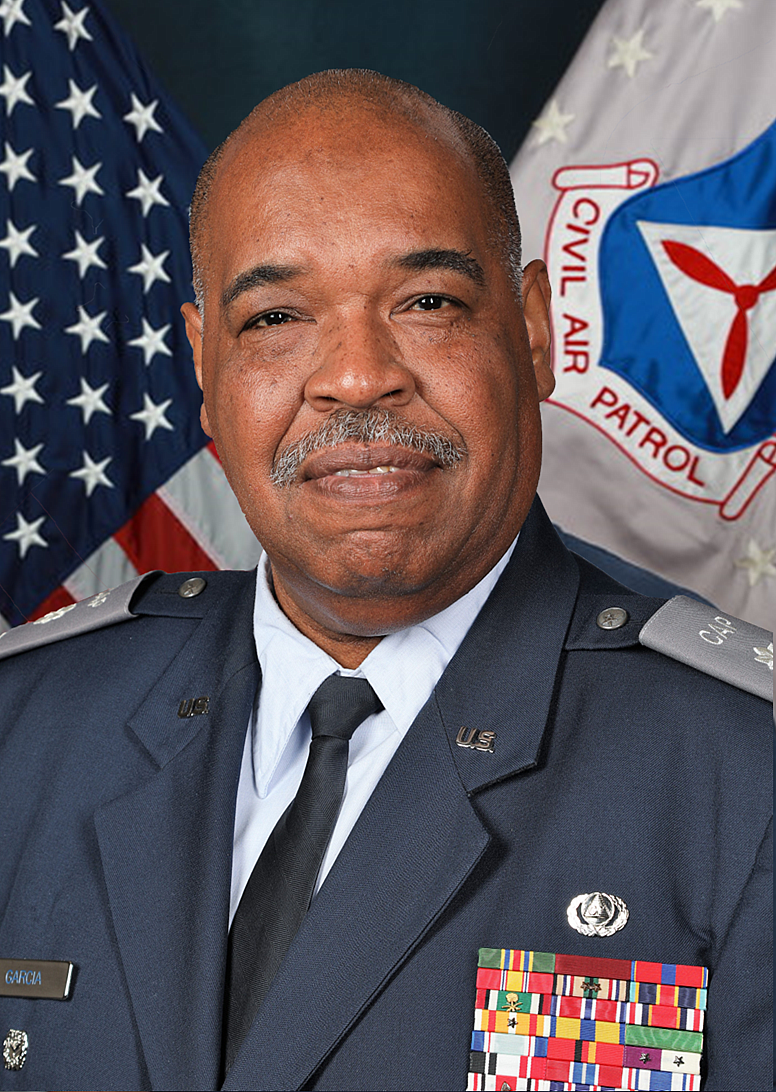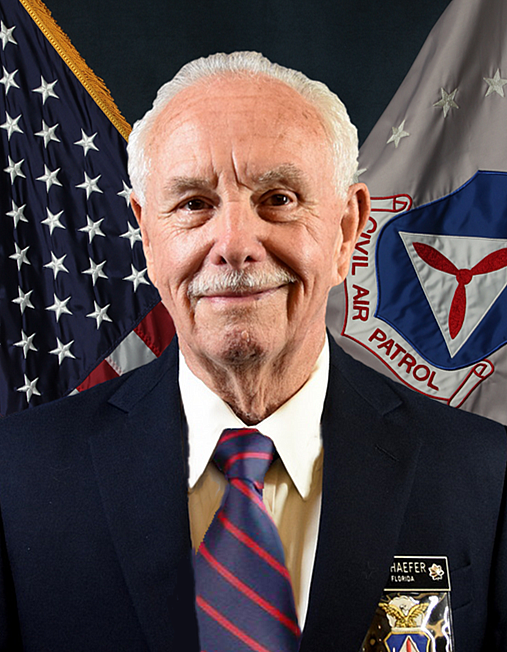Operations

Operations is charged with the management and oversight of region's flight operations as well as related training and education. Additionally, the operations section is involved with the maintenance of aircraft and care of personnel involved in particularly stressful incidents.
Functional Address: CAP SER/DO
The Operations Directorate is charged with the management and oversight of region's flight operations as well as related training and education. Additionally, the operations section is involved with the maintenance of aircraft and care of personnel involved in particularly stressful incidents.
Aircraft Maintenance
Our Mission
The Maintenance Officer exercises staff supervision and coordination of all wing aircraft maintenance in the following areas:
-
Makes recommendations to the commander for the improvement of the maintenance program.
-
Ensures that aircraft are painted and identified in accordance with current directives.
-
Ensures that aircraft are maintained in an airworthy condition in accordance with FAA requirements.
Standardized Aircraft Information File
(new AIF Booklets)
CAPR 60-1, para 2-4e requires that all CAP aircraft have a standardized Aircraft Information File. A few pages were recently changed at the request of the wings. All of the updated pages are clearly marked and available for download at: standardized Aircraft Information File
Standardization & Evaluation
Our Mission
An Aircraft Accident is seldom the result of a single factor. More often, it is the culmination of a pattern of mechanical malfunctions and human errors that compound one another. This site is to aid the aircrew members as well as Instructors and Evaluators with current pilot operations information in a responsive and effective manner.
The purpose of the Stan/Eval is to:
-
Evaluate and Maintain the Wing Commanders Flying Program.
-
Ensure Proper Training
-
If Necessary, Provide Corrective Action Recommendations to the Wing Commander.
Duties Of The Stan/Eval Officer
-
Manages aircrew standardization and evaluation activities
-
Develop and implement a check pilot program
-
Conduct evaluation of check pilot program in subordinate units
-
Evaluate aircrew techniques and ability using appropriate publications and checklists
-
Evaluate aircrew techniques in mission planning, briefings, mission execution, and critiques
-
Perform spot evaluation checks as appropriate
-
Administer written examination and document flight evaluation checks
-
Analyze flight evaluation data for trends that indicate changes in the program or additional training needs for individual pilots
-
Maintain pilot records file for wing check pilots, instructor pilots, and mission check pilots
-
Maintain a list of approved wing check pilots, instructor pilots, mission check pilots, and cadet orientation pilots
-
Report twice annually to NHQ and Region through the Wing Trend Analysis reporting program
-
Administer check flights
-
Monitor the administration of the accident prevention program
-
Administer and monitor the CAP/FAA Wings program
-
Conduct accident investigations involving wing aircraft
Duties Of The Assistant Stan/Eval Officers
-
Assist the Wing Standardization/Evaluation Officer and Check Pilots in the development and overseeing of the training of the wing pilots
-
Assist in the development and recommendation of wing flying procedures
-
Assist in the production, publishing, and circulation of information concerning the latest flying techniques and procedures
-
Administer check flights
-
Assist in the implementation of the accident prevention programs
-
Help develop better quality control through evaluation and training
-
Assist in the investigation of wing aircraft accident
Standardization/Evaluation Frequently Asked Questions
-
Q: What type of information is a squadron pilot required to provide?
-
A copy of all documents related to being a CAP pilot must be uploaded to Ops Qual. This includes, but is not limited to, both sides of all pilot certificates, medical certificate or Basic Med documents, current Flight Review and/or Wing Program certificate. Also necessary is the pilots most current Form 5, an aircraft questionnaire for each CAP aircraft certified in and, if qualified, the most current Form 91. See your Squadron Ops officer for assistance. If further questions exist, contact the Wing Stan/Eval Officer at the web address above.
-
-
Q: How can I become a Check Pilot and/or Mission Check Pilot?
-
Becoming a Check Pilot or Mission Check Pilot is not a complicated process but there are certain qualifications that must be met.
-
An initial Check Pilot (CP) candidate must have been a CAP Instructor Pilot for at least one year and be very familiar with Ops Qual and WIMRS as well as CAPR 70-1 and the Wing Supplement. They must also attend and complete, a National Check Pilot Standardization Course that is held every year. To apply for the course, the candidate must be recommended by his or her Group Commander and Group DOV.
-
Mission Check Pilot (MCP) candidates are highly experienced CAP Mission Pilots with at least 25 missions flown. These may be actual SAR missions or practice missions. A Mission Check Pilot gives instruction in all areas of mission flying as well as completing Form 91 mission training. They also conduct Mission Pilot Form 91 check rides and Emergency Services training. As with Form 5 Check Pilots, an initial Mission Check Pilot candidate must be recommended by his or her Group Commander and Group DOV and successfully attend the yearly NCPSC.
-
An Instructor Pilot (IP) is a fully qualified CFI. He or she gives instruction toward earning further pilot ratings, the annual Form 5 check rides, Flight Reviews, and proficiency training to qualified CAP pilots. IP's are a vital part of the CAP flight program.
-
Cadet Orientation Pilots are qualified to conduct orientation flights for CAP cadets using the USAF Cadet Orientation Flight Syllabus (CAP Pamphlet 52-7). Minimum required experience is 200 hours as Pilot in Command.
-
Standardization And Evaluation
-
Flight Ops Documents and Guides from NESA (National Emergency Services Academy)
-
ATC Handbook - This is the actual 729 page handbook used by ATC Controllers, provided for your reference.
-
CAP Mission Aircrew Reference Text - Scanners - This is THE handbook for Scanners.
-
CAP Mission Aircrew Reference Text - Observers -
-
CAP Mission Aircrew Reference Text SAR/DR Mission Pilots -The Handbook for MO/MP
-
CAP Mission Aircrew Reference Text - Airborne Photographer - NEW handbook for AP
-
National Emergency Services Academy - Mission Aircrew School Curriculum
Resources
-
CAPR 70-1, CAP Flight Management
-
CAP Form 5, CAP Pilot Flight Evaluation - Airplane
-
CAP Form 91, CAP Mission Pilot Checkout
Links










